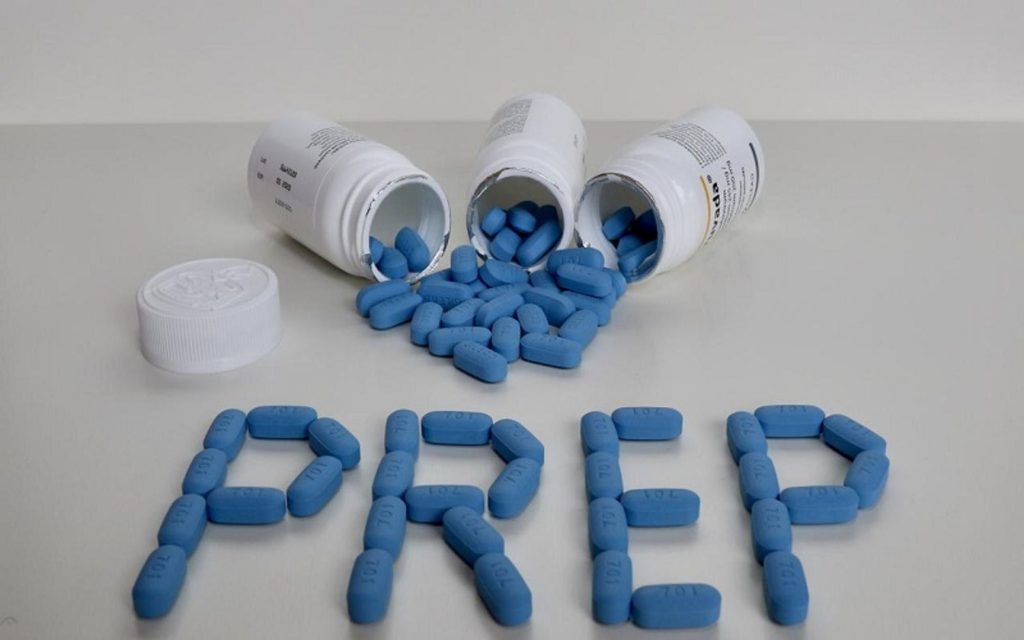
1. What is PrEP?
PrEP (Pre-Exposure Prophylaxis) is an advanced HIV prevention method designed for people who do not have HIV but are at high risk. It’s a daily pill (or periodic injection) that helps stop the HIV virus from entering and spreading in the body.
Research shows that when taken correctly, PrEP can reduce the risk of getting HIV through sex by up to 99% and significantly lower the risk from sharing needles.
2. How PrEP Works
HIV attacks the body by entering immune cells (CD4 cells) and multiplying. When taken consistently, PrEP:
-
Builds a protective barrier in the bloodstream and genital/rectal tissues.
-
Blocks the reverse transcriptase enzyme that HIV needs to replicate inside cells.
-
If HIV enters the body, the virus can’t multiply and is quickly destroyed by the immune system.
In simple terms, PrEP acts like an internal security fence, ready to block HIV the moment it tries to get in.
3. Who Should Consider PrEP?
PrEP is recommended for people who are HIV-negative but at higher risk, such as:
-
Having sex without condoms with partners whose HIV status is unknown.
-
Having an HIV-positive partner who is not on treatment or hasn’t reached an undetectable viral load.
-
Men who have sex with men or those with multiple sexual partners.
-
People who share needles or injection drug equipment.
4. How to Use PrEP Effectively
-
Take it every day at the same time to maintain protective drug levels.
-
Some men who have sex with men may use the 2-1-1 on-demand method (before–after–next day dosing), but only under medical guidance.
-
Get tested and see a healthcare provider every 3 months to check for HIV, monitor health, and renew prescriptions.
5. Does PrEP Have Side Effects?
Most people experience no serious side effects. Some may have mild nausea, headaches, or fatigue in the first few days, which usually go away. Doctors may check kidney function periodically since long-term use can slightly affect the kidneys.
6. Combining PrEP with Other Prevention Methods
PrEP works best when combined with other prevention strategies:
-
Use condoms to prevent HIV and other STIs like gonorrhea, syphilis, and chlamydia.
-
Get tested for HIV regularly for early detection and treatment if needed.
-
Promote awareness and education to reduce stigma and encourage proactive prevention in the community.
Bottom line: PrEP is a breakthrough in HIV prevention. When used correctly and combined with other protective measures, it not only shields individuals but also helps significantly reduce new HIV infections in the community. Know the facts – Take action – Protect yourself and those you care about.
